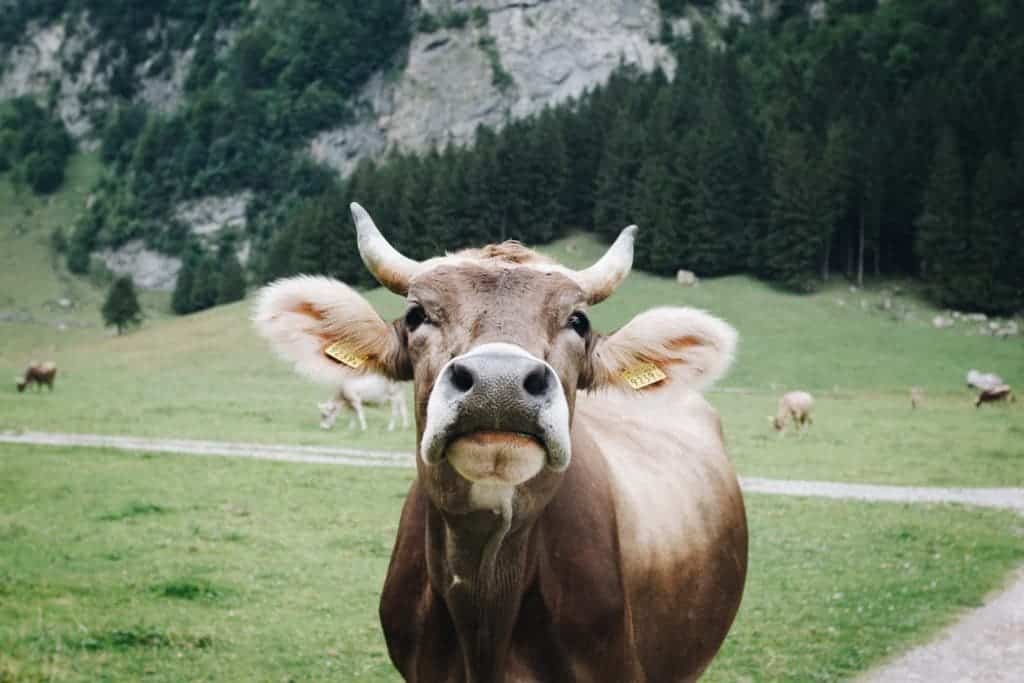Cows, which are a significant source of greenhouse gas emissions, could end up helping in another environmental crisis. According to a new study, the cow gut can digest certain types of plastic and offer a sustainable way of reducing plastic litter — not by having cows eat plastic, but by recreating the bacteria in a controlled environment.

The stomachs of cows (like other ruminants) have four compartments, the largest of which is called the rumen. The rumen favors the development of a microbial community that is essential to the cows’ wellbeing. Cows can’t technically digest much of the food they eat, so instead, microbes in the rumen ferment the food and produce volatile fatty acids, which are the cows’ main source of energy.
Researchers suspected that these bacteria could disintegrate some plastics, because the cow diet already contains some natural plant polyesters.
“A huge microbial community lives in the rumen reticulum and is responsible for the digestion of food in the animals,” said Dr Doris Ribitsch, of the University of Natural Resources and Life Sciences in Vienna, “so we suspected that some biological activities could also be used for polyester hydrolysis,” a type of chemical reaction that results in decomposition.
The researchers tested how well cow rumen could degrade three types of plastic:
- Polyethylene terephthalate (PET) — A very common and lightweight plastic found in many types of packaging (including water bottles);
- Polybutylene adipate-co-terephthalate (PBAT) — A type of biodegradable plastic used to produce compostable plastics;
- Polyethylene furanoate (PEF) — A plastic made from renewable materials that serves as an alternative to PET.
The bacteria inside the cow rumen was very good at breaking down all these types of plastics successfully and in a sustainable way. The results on PET are particularly exciting since it’s one of the most common plastics in the world, and it keeps accumulating in landfills and oceans. According to some estimates, the world is already producing over 500 billion PET bottles a year — and twice as much PET is used in synthetic fibers.
PET is notoriously hard to break down, and although the rumen microbes were less active in digesting PET than the other types of plastic, it could still offer a way to deal with this type of plastic. However, scaling the operation is still challenging. Researchers suggest that rumen material from slaughterhouses could be used for this purpose with relative ease.
Ideally though, the cow gut system could be recreated in a controlled environment and scaled up significantly. While this type of research can be very expensive, Ribitsch is looking forward to further research on the topic, emphasizing that microbial communities are underexplored as a potential eco-friendly resource.
The study has been published in the journal Frontiers in Bioengineering and Biotechnology.


